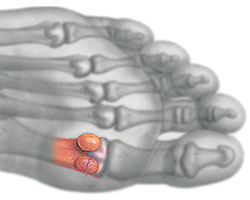- Home
- Foot & Ankle Conditions
- Sports Injuries
- Sesamoid Injuries
Sesamoid Injuries: Sesamoiditis and Sesamoid Fracture
- Published 11/1/2023
- Last Reviewed 12/7/2023
In this video, we discuss Sesamoiditis's causes, symptoms, and treatment options.
What's the sesamoid bone?
A sesamoid bone is a tiny bone embedded in a tendon. There are two of these bones in the ball of the foot behind the big toe joint, an area known as the first metatarsophalangeal joint (MTP). They help glide the toe up and down during activity, much like the kneecap, the body’s largest sesamoid bone.
20,750 Total 1st Party Reviews / 4.9 out of 5 Stars
 My wife and I went to play tennis on a Wednesday morning and, within 10 minutes, I experienced the most excruciating pain in m...Duane D.
My wife and I went to play tennis on a Wednesday morning and, within 10 minutes, I experienced the most excruciating pain in m...Duane D. Please provide handicap parkingBarry S.
Please provide handicap parkingBarry S. We appreciate Dr. Franson, his staff and the physical therapists in the office. Unfortunately my daughter has had several injur...Melanie P.
We appreciate Dr. Franson, his staff and the physical therapists in the office. Unfortunately my daughter has had several injur...Melanie P. Dr. Ambibola Johnson is awesome!Laurie S.
Dr. Ambibola Johnson is awesome!Laurie S. I appreciate the care and timeliness of all my appointments I’ve had at UFAI. Gray, Lydia and the staff all are wonderful. Lydi...Edelmira G.
I appreciate the care and timeliness of all my appointments I’ve had at UFAI. Gray, Lydia and the staff all are wonderful. Lydi...Edelmira G. My boyfriend came in for sprained ligaments in his ankle. Dr. Briskin was so helpful and friendly. He made is so my boyfriend w...Asia-Jae D.
My boyfriend came in for sprained ligaments in his ankle. Dr. Briskin was so helpful and friendly. He made is so my boyfriend w...Asia-Jae D. Very greatfull for the doctor and stuffJesus M.
Very greatfull for the doctor and stuffJesus M. Doctor was very caringBrigitte S.
Doctor was very caringBrigitte S. Everyone is very nice and efficient-
Everyone is very nice and efficient-
Especially Dr Kelman. He takes very good care of me!!Claudia K. Great costumer service.
Great costumer service.
Prompt and efficientDean W. No . I’m pleased with the care .Michael P.
No . I’m pleased with the care .Michael P. Appreciate the professionalism and expertise, as well as the caring.Stella G.
Appreciate the professionalism and expertise, as well as the caring.Stella G.
-
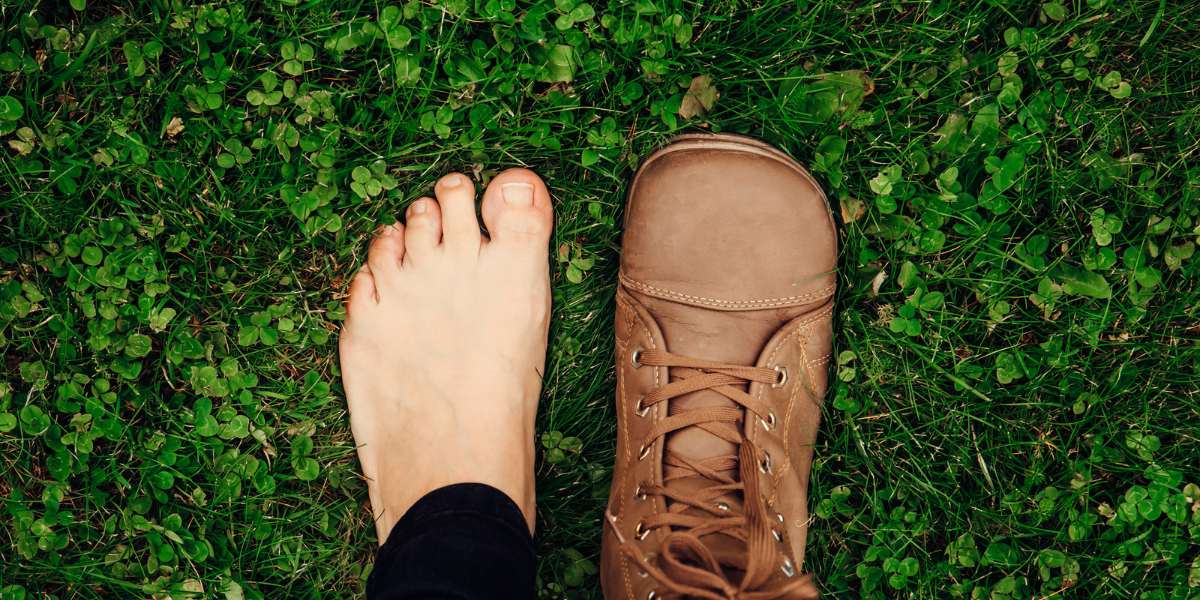 Listen Now
How To Tell If You Have Wide Feet
Read More
Listen Now
How To Tell If You Have Wide Feet
Read More
-
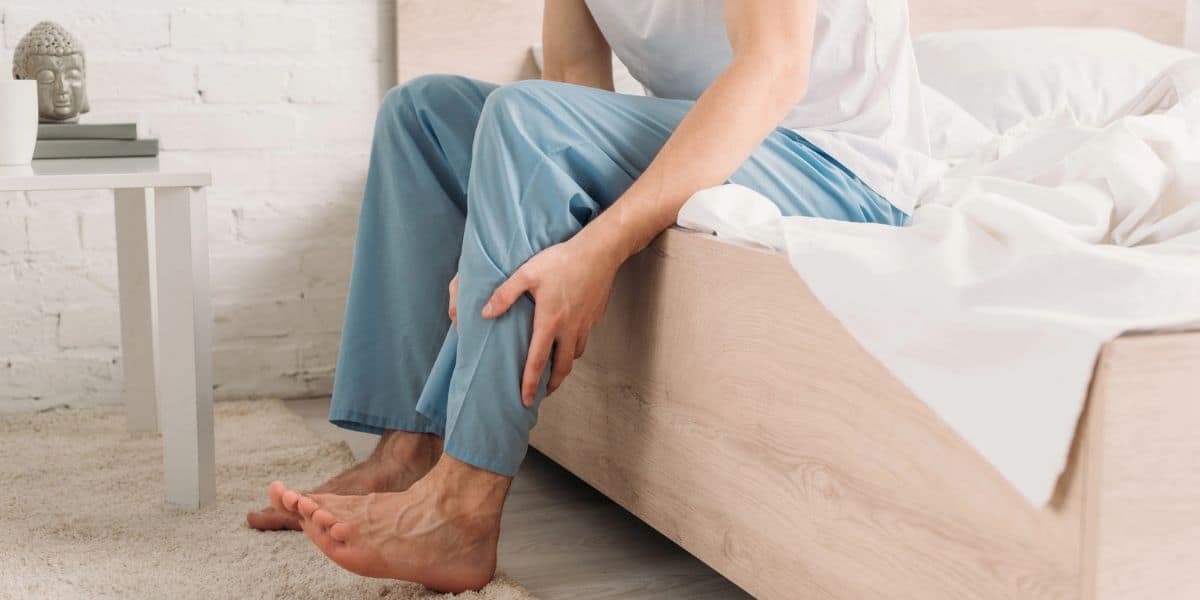 Listen Now
What Are Shin Splints?
Read More
Listen Now
What Are Shin Splints?
Read More
-
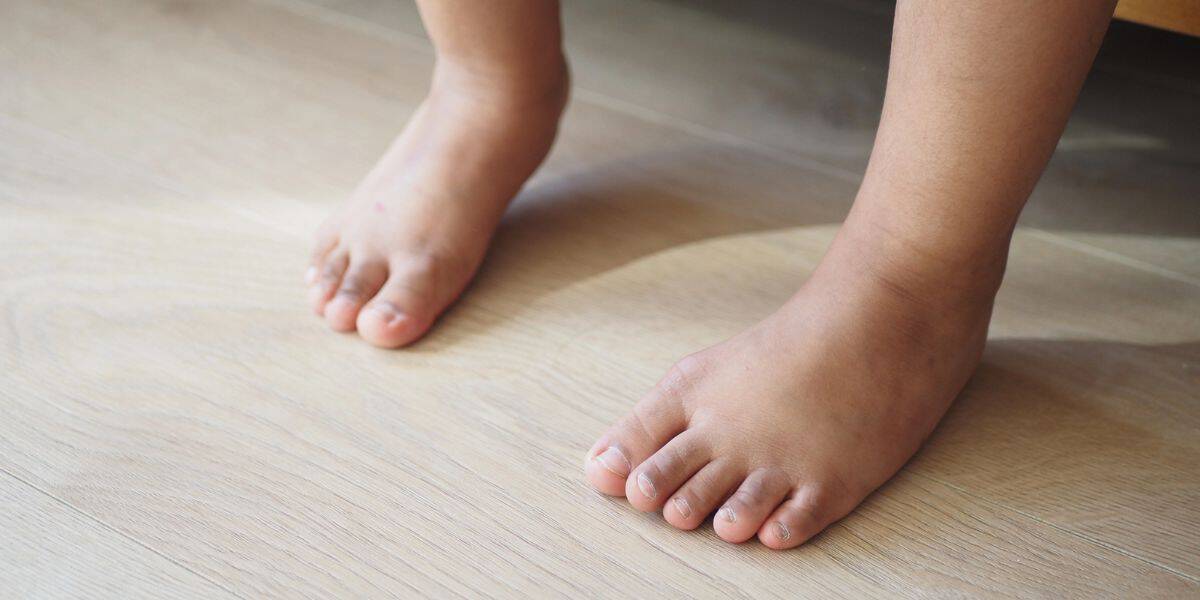 Listen Now
Pediatric Bunion Surgery
Read More
Listen Now
Pediatric Bunion Surgery
Read More
-
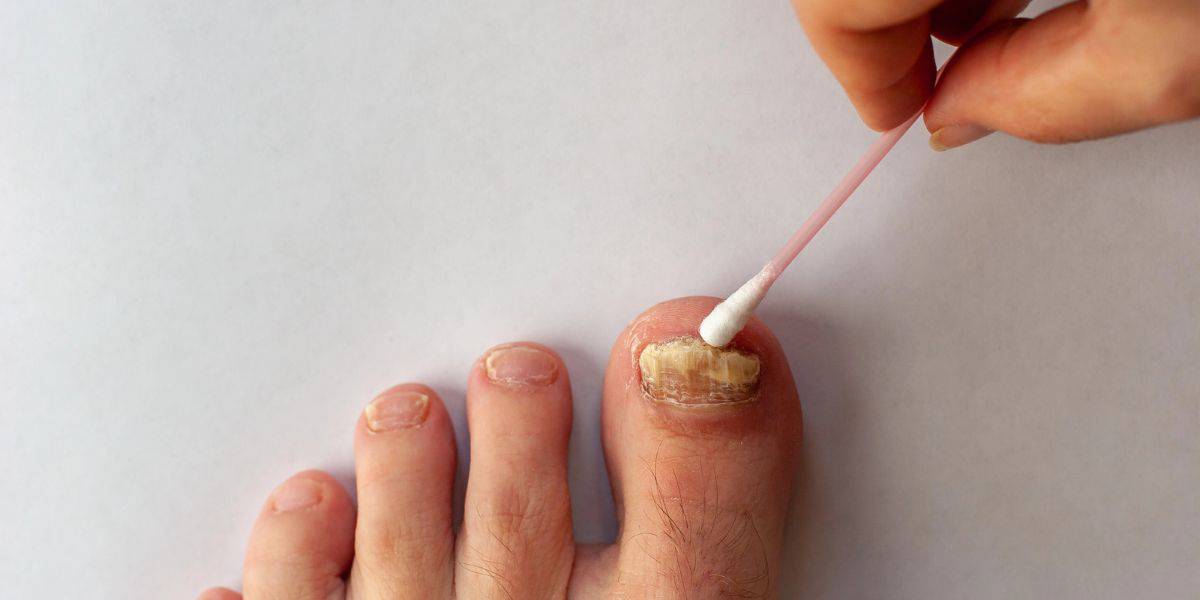 Listen Now
What To Do When Your Toenail Is Falling Off
Read More
Listen Now
What To Do When Your Toenail Is Falling Off
Read More
-
 Listen Now
Bunion Surgery for Seniors: What You Need to Know
Read More
Listen Now
Bunion Surgery for Seniors: What You Need to Know
Read More
-
 Listen Now
Is Bunion Surgery Covered By Insurance?
Read More
Listen Now
Is Bunion Surgery Covered By Insurance?
Read More
-
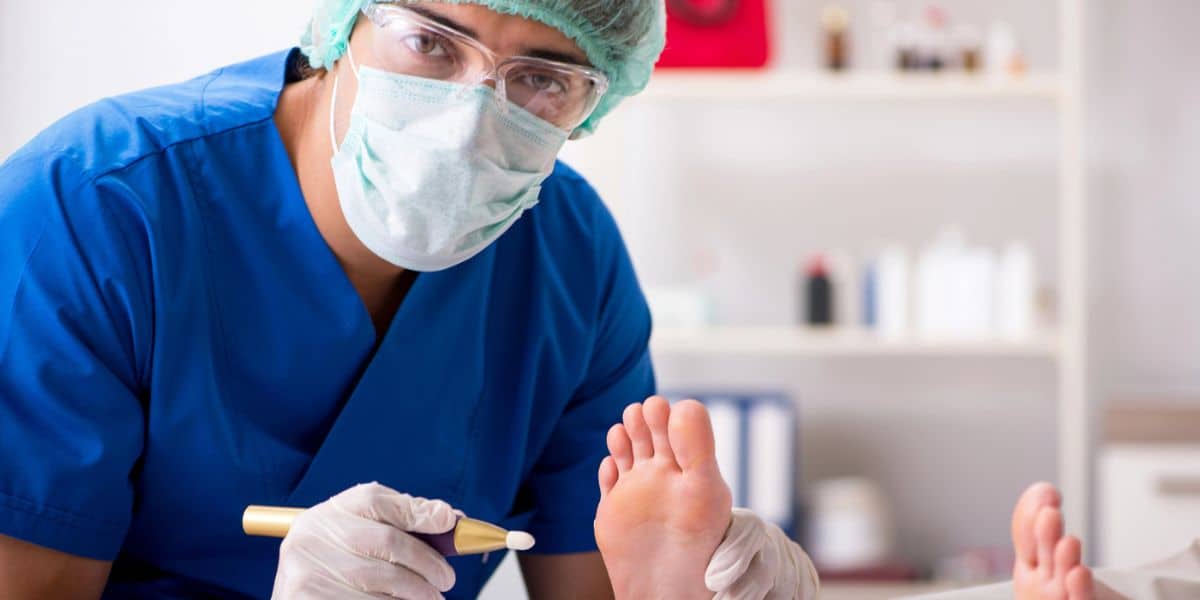 Listen Now
Should I See a Podiatrist or Orthopedist for Foot Pain and Ankle Problems?
Read More
Listen Now
Should I See a Podiatrist or Orthopedist for Foot Pain and Ankle Problems?
Read More
-
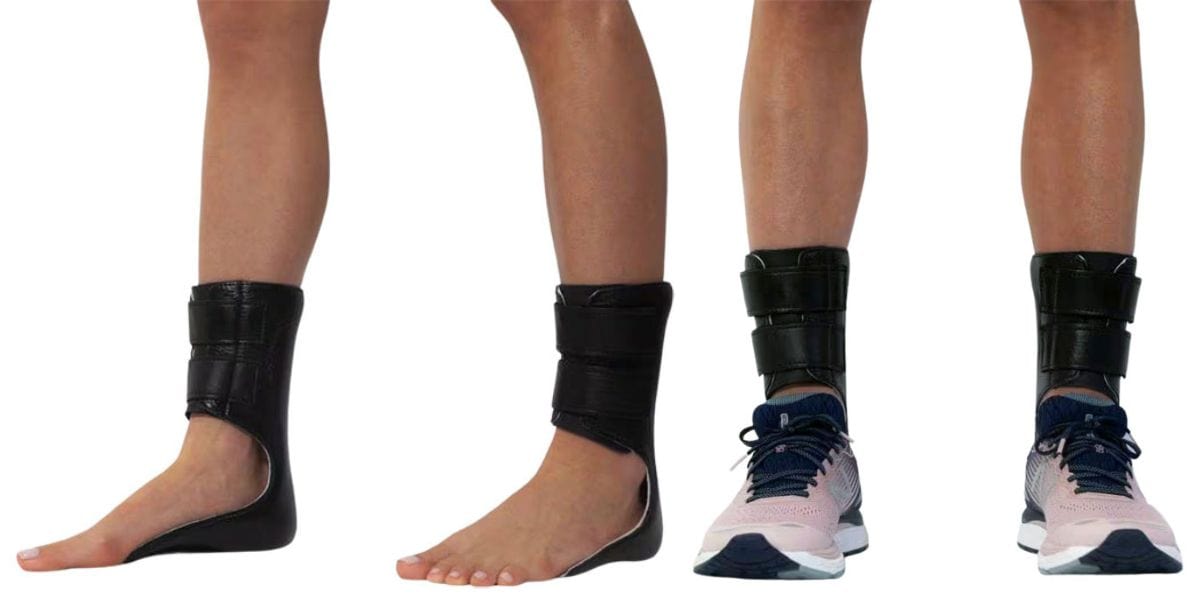 Listen Now
Moore Balance Brace: Enhance Stability and Prevent Falls for Better Mobility
Read More
Listen Now
Moore Balance Brace: Enhance Stability and Prevent Falls for Better Mobility
Read More
-
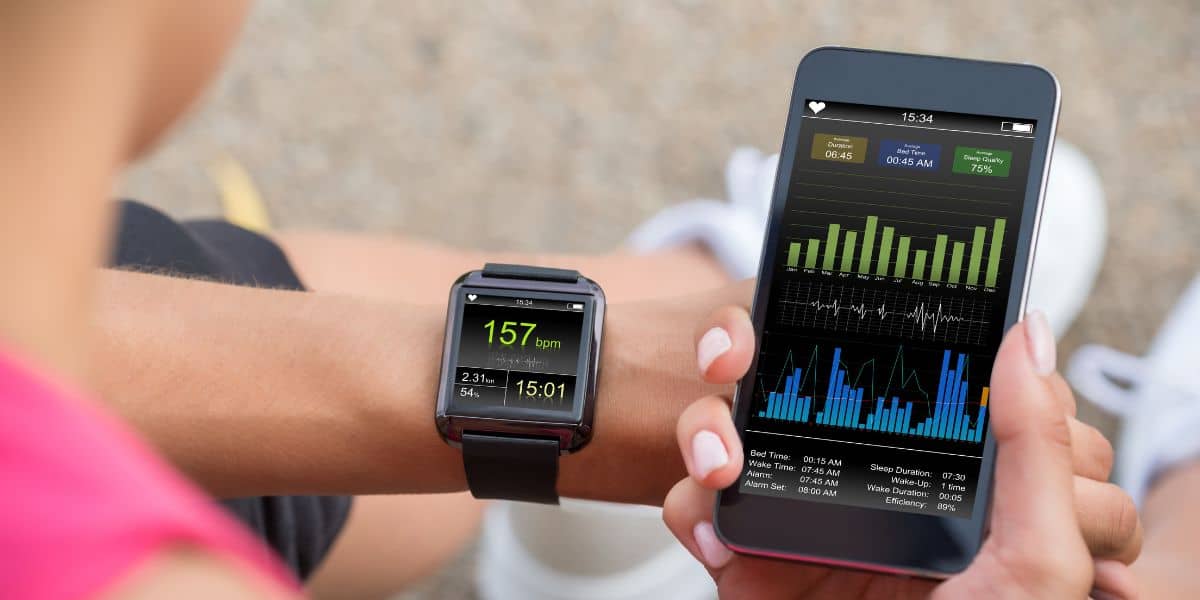 Listen Now
How Many Steps Do I Need A Day?
Read More
Listen Now
How Many Steps Do I Need A Day?
Read More
-
 Listen Now
Bunion Surgery for Athletes: Can We Make It Less Disruptive?
Read More
Listen Now
Bunion Surgery for Athletes: Can We Make It Less Disruptive?
Read More
-
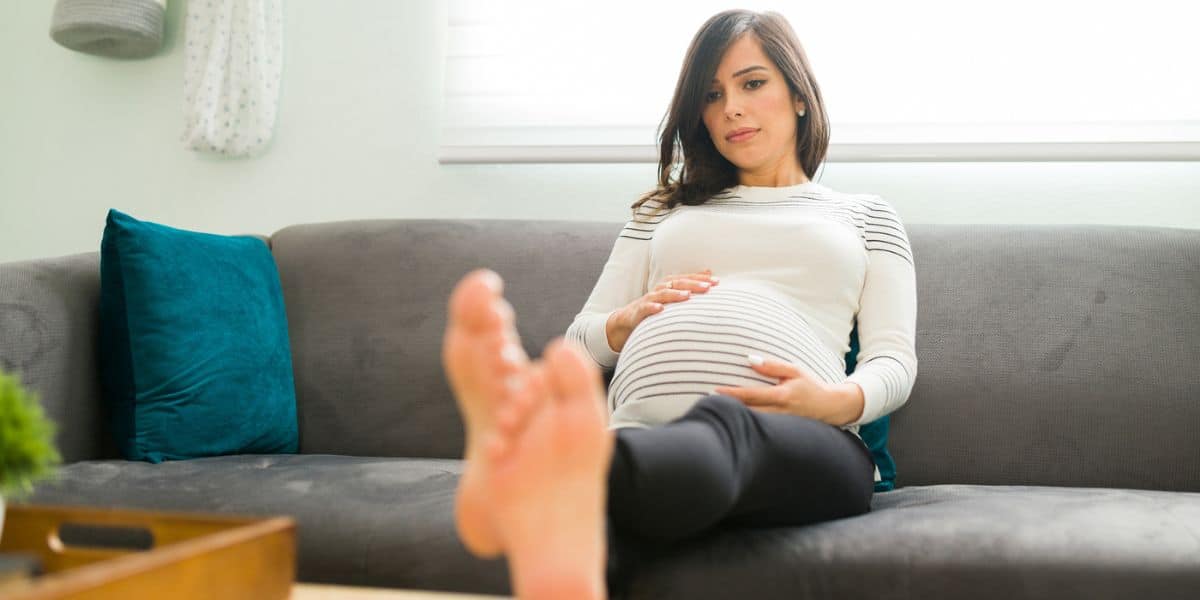 Listen Now
Swollen Feet During Pregnancy
Read More
Listen Now
Swollen Feet During Pregnancy
Read More
-
 Listen Now
15 Summer Foot Care Tips to Put Your Best Feet Forward
Read More
Listen Now
15 Summer Foot Care Tips to Put Your Best Feet Forward
Read More
-
 Listen Now
Do Blood Pressure Medicines Cause Foot Pain?
Read More
Listen Now
Do Blood Pressure Medicines Cause Foot Pain?
Read More
-
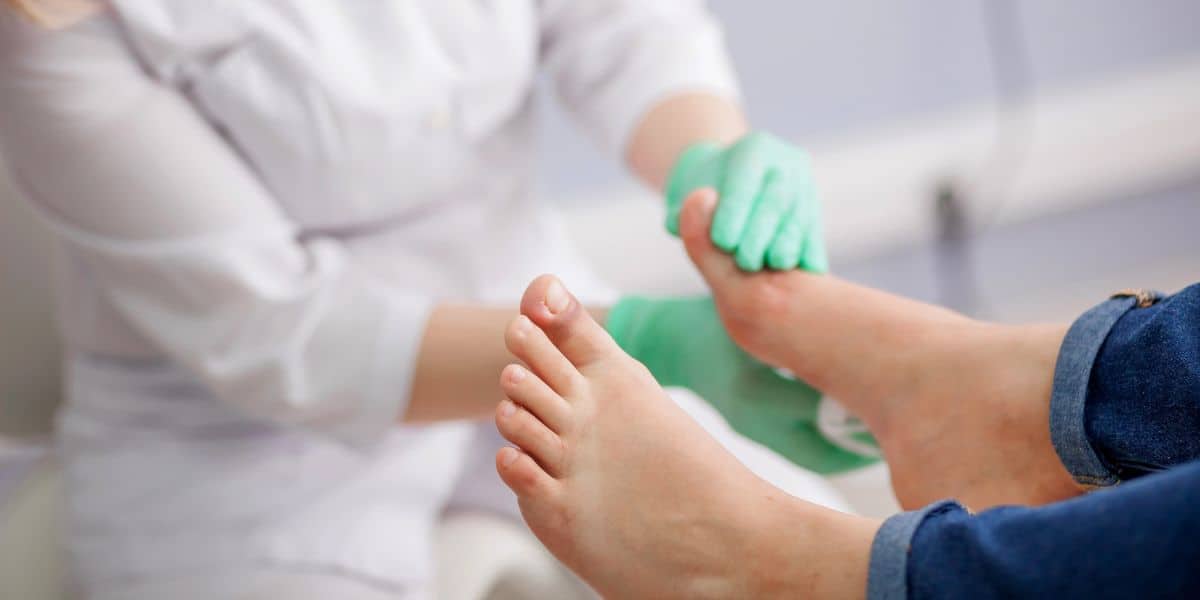 Listen Now
Non-Surgical Treatment for Plantar Fasciitis – What Are Your Options?
Read More
Listen Now
Non-Surgical Treatment for Plantar Fasciitis – What Are Your Options?
Read More
-
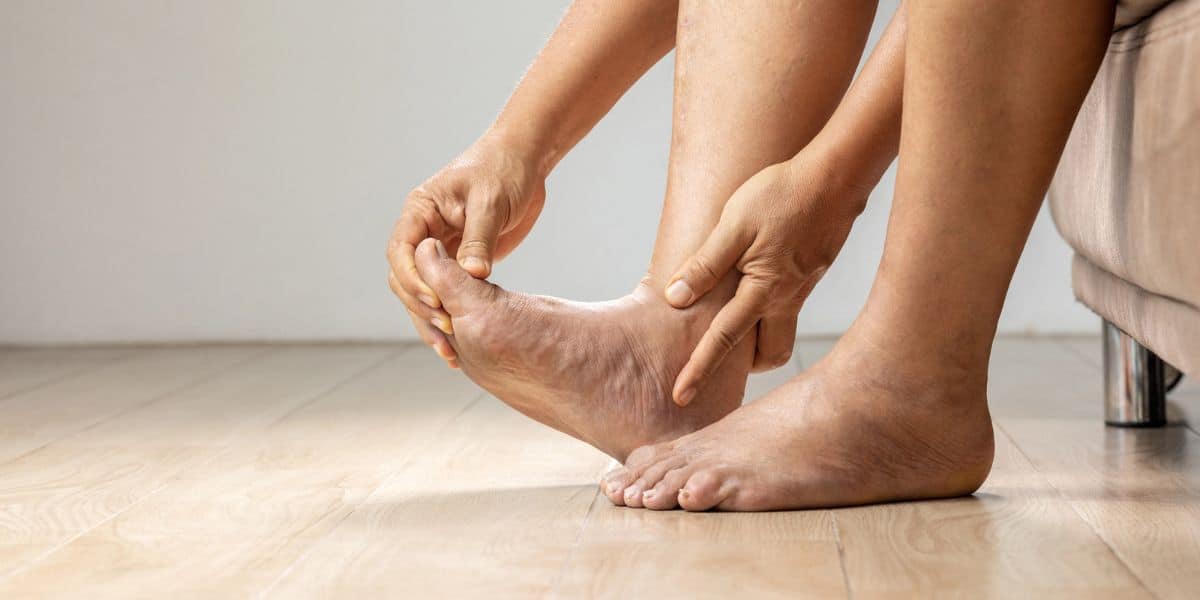 Listen Now
Top 10 Non-Surgical Treatments for Morton's Neuroma
Read More
Listen Now
Top 10 Non-Surgical Treatments for Morton's Neuroma
Read More
